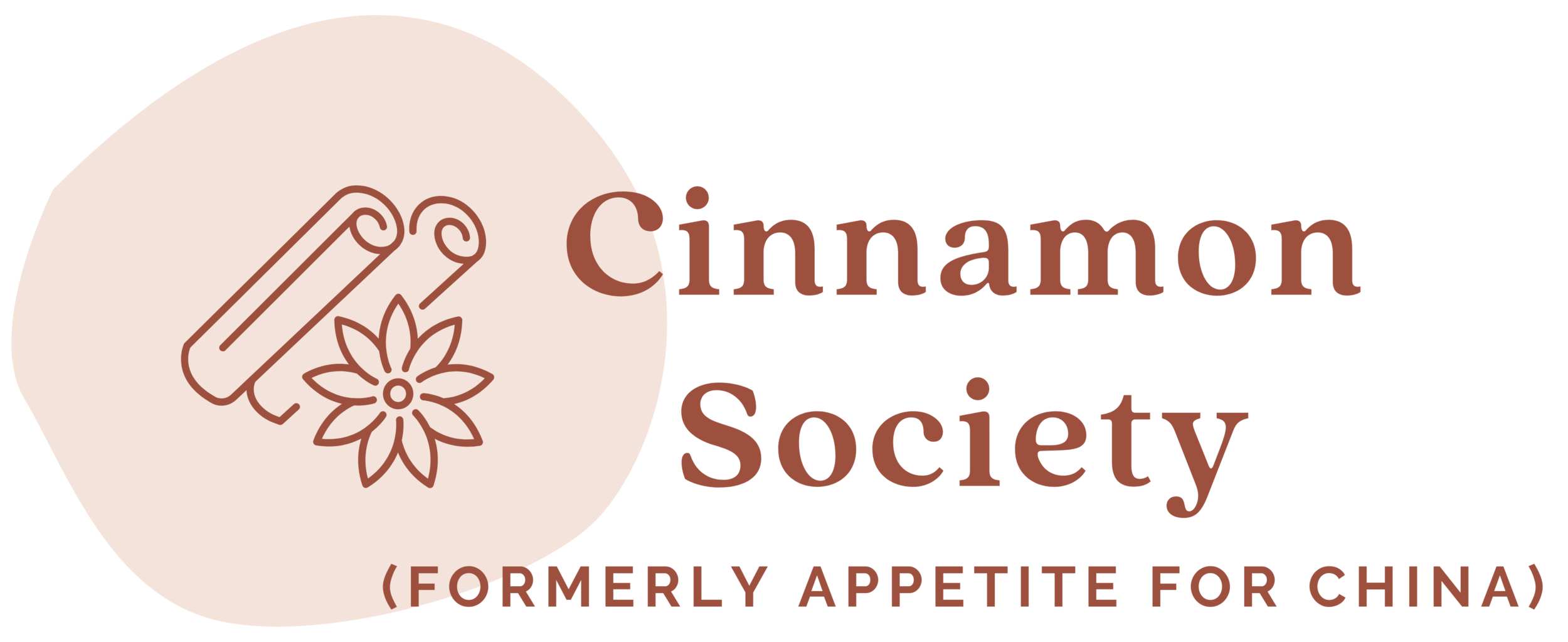Noodle Tour of Vietnam
No wonder travelers to Vietnam fall in love with Hoi An. It is close to beaches, a gazillion times less chaotic than Saigon and Hanoi, and home to amazing, amazing food. In a previous post, I professed my love to banh mi op la, the best breakfast in Southeast Asia. Here, I'll elaborate on some noodles whose photos I still drool over.
While riding a motorbike to the beach, we stopped at a roadside noodle stand for lunch. I was so famished and ready to pounce at a table that my left leg brushed against the muffler of the motorbike. The iron-hot muffler. The scorching pain was momentary, but my leg now had a burn mark the size of a big toe. The restaurant ower sat me down, then zoomed away and back, super hero-style, with a tube of ointment. At least, I thought it was ointment. The next minute, my leg was tingling and covered with what really was minty toothpaste. In the middle of nowhere, any moisturizing gel or was better than no ointment at all.
Instead of riding off to the nearest hospital or pharmacy, I did what I normally do after minor traumas: eat. We ordered pho and mi quang, (above, pronounced in Hoi An like "mee wang"), a dish of toothsome yellow noodles and a thick soy and pork bone sauce. Supposedly, the noodles get their color from turmeric, and are central Vietnam specialties. I love everything about the dish, from the quail eggs and fresh herbs, to the way the colors just pop out of the bowl. I loved it so much I devoured a second bowl. And momentarily forgot about my singed leg. (I later got proper burn cream and bandages.)
Having a second-degree burn and huge patch on my leg didn't prevent me from swimming at the beach. Nor did it prevent me from continuing to seek out great food all over town.
Robyn from Eating Asia is always spot-on with food picks, so when she said that I must must MUST find her favorite cao lau lady in Hoi An, I had to oblige. Cao lau is a central Vietnamese dish of thick wheat noodles, supposedly made with local well water. With a porky broth, slices of stewed fatty pork, and crispies fried in lard, this dish is not for the kosher-minded. Add lime, fresh chili sauce, and pickled pearl onions and you have a dish worth trekking back for. Which I did. Three times.
On to Hanoi. As far as foodies destinations go, Hanoi comes out near the bottom of my list. The vast majority of Vietnamese food we eat in the US is southern Vietnamese, so I became accustomed to a light cuisine with distinct flavors and tons of vegetables and herbs. Hanoi, for whatever reason, had some of the most bland, and the most over-seasoned, food I had ever tasted. Pho dishes had almost no vegetables and enough MSG to give me a headache (which is saying a lot, considering I lived in China for two years.) Banh mi baguettes were large and tasteless, and few vendors added things like vegetables or a sauce more complicated than chili from a bottle. A trusted source commented that northerners not only has a shorter growing season but also, unlike in Saigon, resisted any Chinese influence on their food, leading to an overall blander cuisine. No amount of MSG can fix stubbornness.
So it was no wonder that the best meal I had in Hanoi was a southern noodle dish transplated to the north. Thanks to Sticky Rice, I learned about a vendor near Dong Xuan Market that sold pho tiu. The dish looks simple enough: rice noodles, pork slices, herbs, crispy shallots, and crushed peanuts. But what you don't see is the fish sauce, vinegar, and light pork broth that has already been soaked up by the noodles. While the noodles look dry, every bite had a welcomed salty-tangy flavor explosion.
Over a month later, I'm still hungering for these noodles. At least I still have a scar to remember them by.
______________________________
More travel (or armchair travel) posts:



